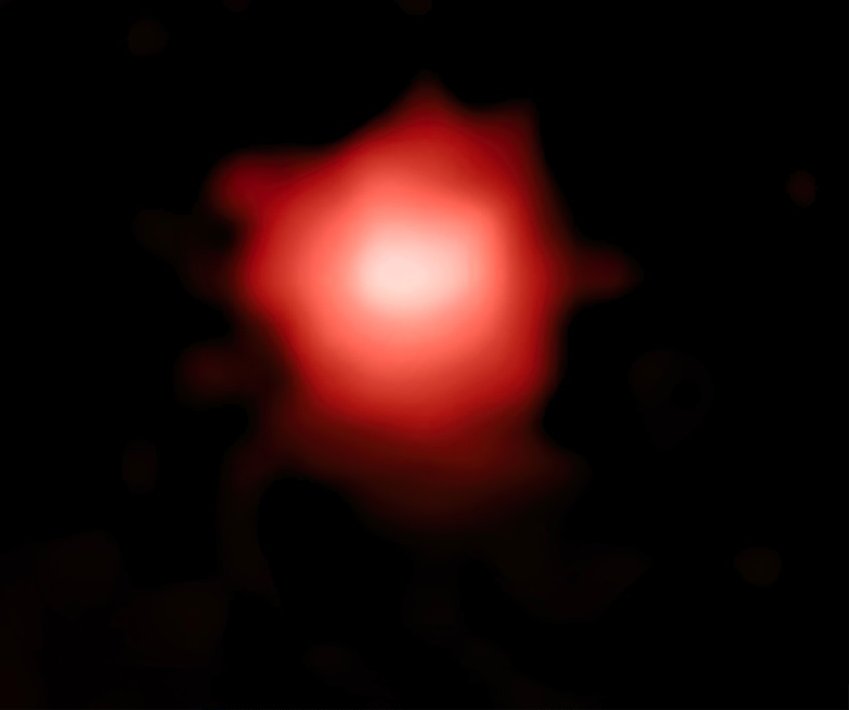A recent study published in Nature reveals the discovery of a barred spiral galaxy, ceers-2112, using the James Webb Space Telescope. This galaxy, located at a redshift of approximately zphot ≈ 3, formed shortly after the Big Bang, challenging previous beliefs that barred spiral galaxies like the Milky Way could not be observed in the early universe. A galactic bar in ceers-2112 suggests that galaxies matured and became ordered much faster than previously thought, requiring a revision of current galaxy formation and evolution theories. The discovery of ceers-2112 also indicates that structures like bars can be detected in the young universe, paving the way for further exploration of early galactic structures.

The study’s findings have significant implications for astronomy. Firstly, theoretical models of galaxy formation and evolution must account for the early development of stable galaxies capable of hosting bars. This may require adjustments to the amount of dark matter believed to influence bar formation rates in the early universe. Secondly, the discovery of ceers-2112 demonstrates that bars can be detected in smaller, distant galaxies, which presents a challenge due to their reduced size. This discovery opens up possibilities for identifying more bars in the early universe and expands our understanding of galactic structures during that time.
Dr. Alexander de la Vega, a postdoctoral researcher at the University of California, Riverside, played a crucial role in the research. He contributed to estimating the redshift and properties of ceers-2112 and interpreting the measurements. Redshift, an observable property of galaxies, indicates their distance and the time they are observed due to the finite speed of light. The study’s success in constraining the size and shape of the bar in ceers-2112 surprised Dr. de la Vega, highlighting the capabilities of the James Webb Space Telescope and the research team’s expertise.
References
- Costantin, L., Pérez-González, P. G., Guo, Y., Buttitta, C., Jogee, S., Bagley, M. B., Barro, G., Kartaltepe, J. S., Koekemoer, A. M., Cabello, C., Corsini, E. M., Méndez-Abreu, J., de la Vega, A., Iyer, K. G., Bisigello, L., Cheng, Y., Morelli, L., Arrabal Haro, P., Buitrago, F., … Yung, L. Y. A. (2023). A Milky Way-like barred spiral galaxy at a redshift of 3. Nature, 1–3. https://doi.org/10.1038/s41586-023-06636-x
- Pittalwala, I. & University of California- Riverside. (2023, November 9). Milky Way-like galaxy found in the early universe. Phys.Org. https://phys.org/news/2023-11-milky-way-like-galaxy-early-universe.html











